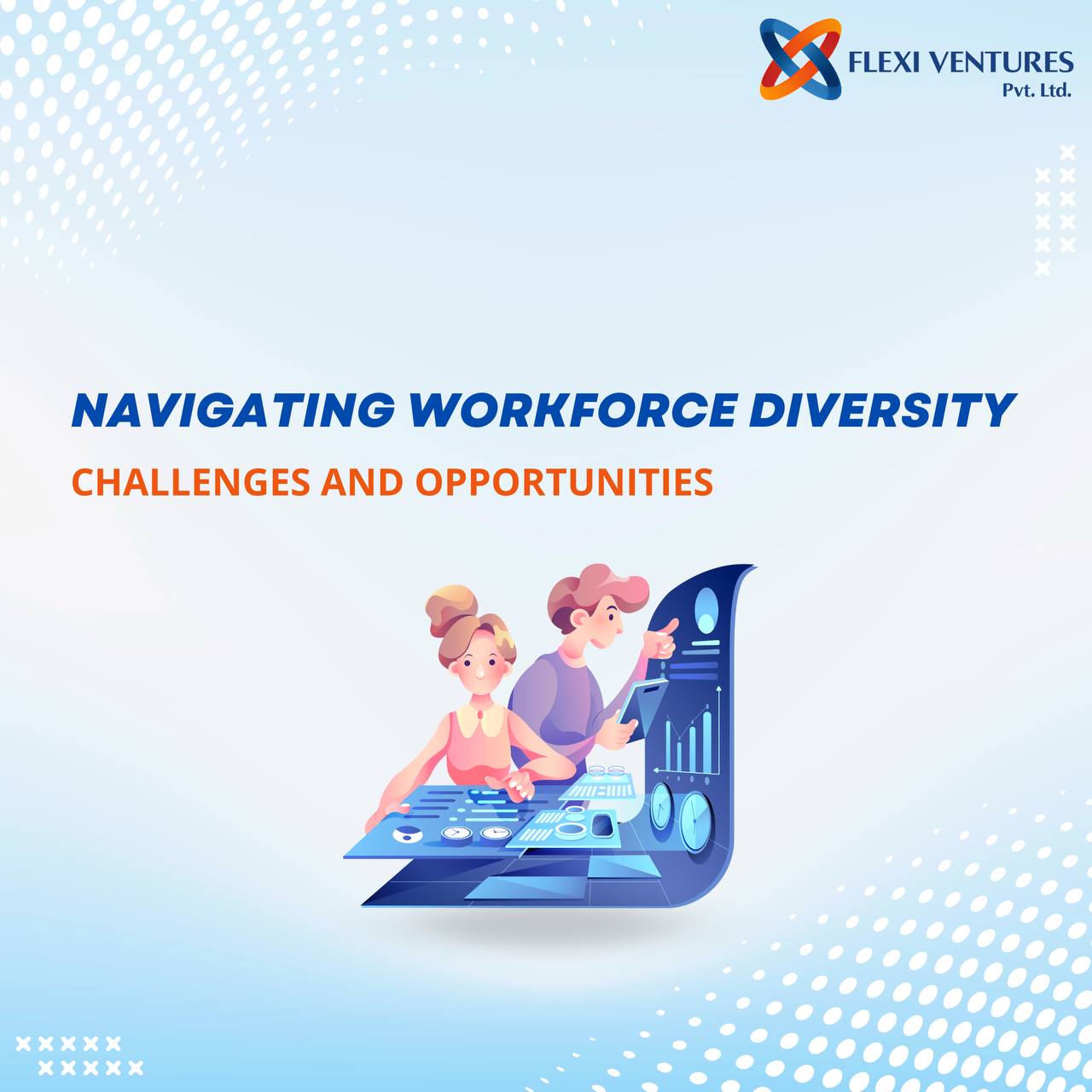A business’s strength lies in its workforce. A diverse and inclusive workplace leverages all employees’ unique talents, backgrounds, and perspectives, fostering innovation and enhancing performance.
Furthermore, an inclusive work environment is one where bias and harassment are absent, and all employees feel respected, valued, and supported.
So, what is workforce diversity? Why is it important, and what challenges does it present?
What Is Workforce Diversity?
Workforce diversity encompasses employees from various backgrounds, races, cultures, genders, ages, religions, and sexual orientations. It also involves integrating employees with diverse abilities and disabilities.
In essence, it refers to an organization with a heterogeneous workforce.
The concept of workforce diversity has evolved significantly as organizations have become more global and inclusive. Initially, workforce diversity-focused primarily on gender and race. However, today’s definition has broadened to encompass various dimensions, such as gender, race, ethnicity, age, sexual orientation, religion, socio-economic status, ability, and skills.
The Importance of Workforce Diversity
In today’s world, having a diverse workforce is crucial for several reasons:
- Reflecting the Community: To truly represent the communities they serve, businesses need a diverse workforce. This is particularly important for service-oriented sectors such as healthcare and education.
- Retaining Employees: A diverse workforce helps in retaining employees. People are more likely to stay with an organization where they feel a sense of belonging and their unique talents and perspectives are valued.
- Attracting Top Talent: A diverse and inclusive workplace attracts top talent. In a competitive job market, businesses must draw in the best and brightest to succeed.
- Adapting to a Changing Labor Market: As the labor market becomes increasingly diverse, businesses must be prepared to meet the needs of a varied workforce.
- Understanding Customers Better: To be successful, businesses need to understand their customers. A diverse workforce provides valuable insights into the needs and preferences of diverse customer bases and communities.
- Enhancing Reputation: A diverse and inclusive workplace is often perceived as a great place to work, and it helps businesses attract new customers to build a positive reputation.
Types of Workforce Diversity
Workforce diversity today goes beyond gender and race. There are various types of diversity that businesses need to consider to create a truly diverse and inclusive workplace. These can be grouped into four main categories:
- Internal Diversity: These are characteristics that employees are born with, such as gender, race, ethnicity, age, sexual orientation, socio-economic status, religion, and ability.
- External Diversity: These characteristics stem from experiences outside of work, including skills, education, life experiences, religious and cultural experiences, and international exposure.
- Organizational Diversity: This pertains to attributes within the workplace, such as job functions, management status, employment status, and union membership, which can shape different perspectives and experiences.
- Worldview Diversity: This refers to the diverse ways in which employees conceptualize world events, problems, and solutions, including political beliefs, moral values, and social attitudes.
Challenges of Diversity in the Workplace
Businesses need to be aware of the human resource challenges that can arise from having a diverse workforce in terms of race, ethnicity, age, gender, sexual orientation, and ability. These challenges include:
- Potential for Conflict: Diversity can sometimes lead to workplace conflict. People from different backgrounds and perspectives may clash, potentially affecting productivity.
- Need for Training: Diversity necessitates training. Employees must learn how to work effectively with those different from them and understand the importance of diversity and creating an inclusive workplace.
- Communication Barriers: Communication can be challenging in a diverse workplace. People from different backgrounds may have difficulties understanding each other and may communicate differently, leading to misunderstandings.
- Risk of Discrimination: A diverse workforce carries the risk of discrimination. This can harm employees and result in decreased productivity.
- Cultural Misunderstandings: Cultural misunderstandings can also pose challenges. People from different cultures may need to become more familiar with each other’s customs and traditions, leading to confusion and frustration.
Benefits of Diversity in the Workplace
Despite the challenges, there are numerous advantages to having a diverse workforce. These benefits include:
- Serving a Diverse Customer Base: A diverse workforce helps businesses understand their customers and the communities they serve better. Employees from different backgrounds can offer valuable insights into various cultures.
- Increased Creativity and Productivity: Diversity sparks new ideas and boosts productivity as employees bring diverse skills, knowledge, and experiences to the table.
- Better Community Representation: A diverse workforce allows businesses to represent their communities more effectively, sharing varied stories and experiences.
- Increased Cultural Awareness: Employees from different cultures enhance a business’s cultural awareness by providing insights into their customs and traditions.
- Reduced Employee Turnover: Studies show that diverse workplaces have lower employee turnover. Employees feel appreciated and valued in an inclusive environment.
- Attracting and Retaining Top Talent: Diverse workplaces are more attractive to top talent, providing an environment where people feel included and respected.
- Improved Decision-Making: Diversity enhances decision-making. Different perspectives lead to more comprehensive and well-rounded decisions.
- Enhanced Reputation: A diverse workplace boosts a business’s reputation, showcasing it as an organization that values and respects everyone.
Workforce diversity management is an ongoing process. Since the workforce is continually changing and evolving, businesses must remain adaptable and flexible in their approach to diversity.
For more information on HR consulting or support services visit our website
Visit our Website – www.flexiventures.in
Call – 8080100001
Email – contact.us@flexiventures.in

